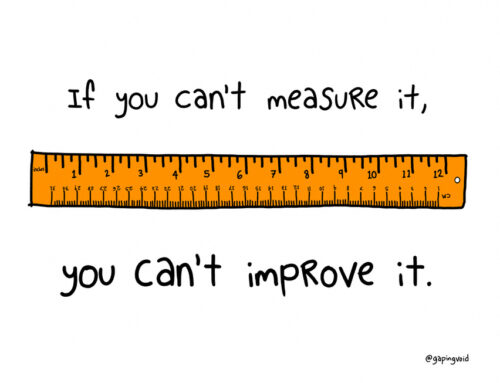The Best Interventions are Effective AND Doable
October 14, 2018
Categories: Change
We were finishing up our Crossfit workout the other day, and the coach was talking about some mobility exercises we might try to cool down and help our muscles recover. Interestingly, he said he doesn’t usually recommend athletes do long mobility sessions. Instead, he prefers short, easy exercises, like laying on a foam roller and letting gravity stretch your shoulders.
The reason wasn’t that long mobility sessions are bad. They are actually more effective than some of the easier exercises the coach recommended. However, the reality was that when he prescribed long mobility sessions for athletes, they just didn’t happen. Athletes were generally too busy to fit in a long mobility session in addition to doing their regular workout. The mobility session is only effective if you do it regularly.
Effectiveness and Implementation Rate
This conversation got me thinking about an important principle we need to keep in mind when we are trying to implement any sort of change effort in our lives: the best interventions are effective AND doable. Often, we only think about the first part of the equation. How effective is the intervention? But we forget that the best interventions are worthless if we can’t implement them consistently.
Which Diet/Exercise Plan Would You Pick?
Let’s say we have two diet and exercise plans. Plan A is very effective (80% of people lose weight), but difficult to implement (10% of people can stick with the plan at 6 months). Plan B isn’t quite as effective (50% of people lose weight) but is easier to implement (50% of people can stick with the plan at 6 months). Which plan would you pick? Actually think for a minute and select the plan you think is best.
On the surface, Plan A seems like the better plan, because most people lose weight on the plan, whereas only half lose weight on Plan B. But when you consider the implementation rates, the picture changes. At the end of the day, only 8% of people on Plan A have lost weight at 6 months (.80 x .10 = .08), whereas 25% of people on Plan B have lost weight at 6 months (.50 x .50 = .25). Give me plan B any day of the week.
Real-Life Example
To give an example from my own life, I remember trying to follow a diet plan that required me to weigh and measure all my food. It was a great plan, but it was too difficult to implement. I quit after a week or two. There was another plan that was easier to implement (The Primal Blueprint), and that plan ended up working for me because I was able to stick with it for the long haul.
Take Home Message: When you are thinking about engaging in a change effort, consider both the effectiveness of the plan AND the implementation rate. Both are important. Make sure your intervention is effective AND doable.

Related Thoughts

Subscribe To My Newsletter
Join my mailing list to receive the latest blog posts.
Receive my e-book “The Mental Health Toolkit” for free when you subscribe.





